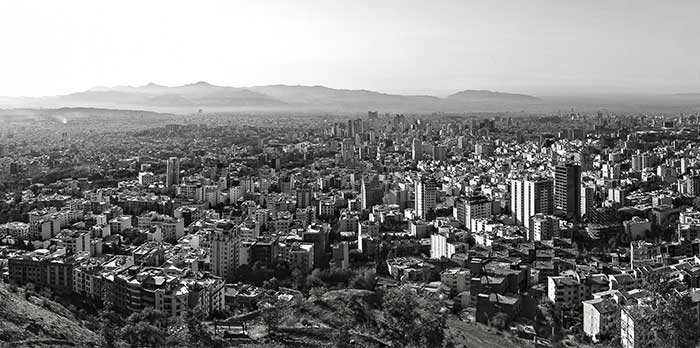CHINA - IRAN RAILWAY NETWORK Iran is a key access point to the Middle East
The first freight train from China to Tehran arrived last year. When President Xi visited Iran that year he talked about his ambition to help Iran facilitate long-term peace and stability in the Middle East. Beijing believes the region’s railway network can help drive regional integration
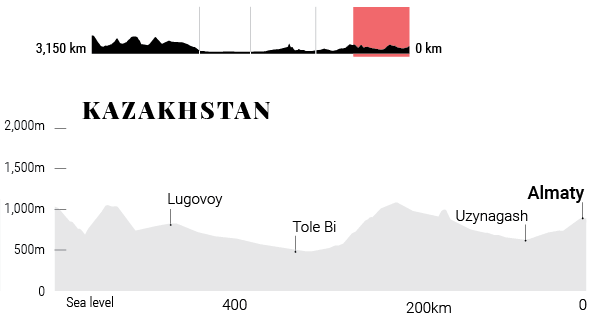 Land elevation of the railway between Lugovoy and Almaty on Kazakhstan Graphic SCMP
Land elevation of the railway between Lugovoy and Almaty on Kazakhstan Graphic SCMP
Almaty The railway connection to Khorgos port
Trains travel from the western region of China to the Khorgos Gateway by crossing into Kazakhstan along the former Soviet train network.
As the train route continues west from Almaty, the town of Tode Bi marks the point where one railway forks off to London while the other line carries on towards Tehran

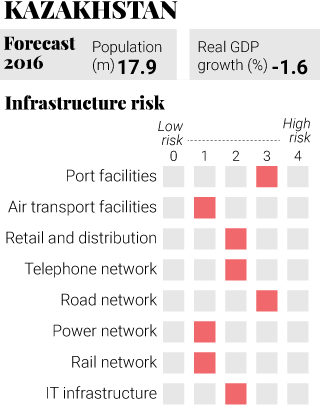 Source: The Economist Inteligence Unit Graphic SCMP
Source: The Economist Inteligence Unit Graphic SCMP
Kazakhstan has been referred to as the “buckle” in the overland belt and is considered a crucial link to breaking the Asian connectivity bottleneck. It is one of three Central Asian countries sharing a border with China.
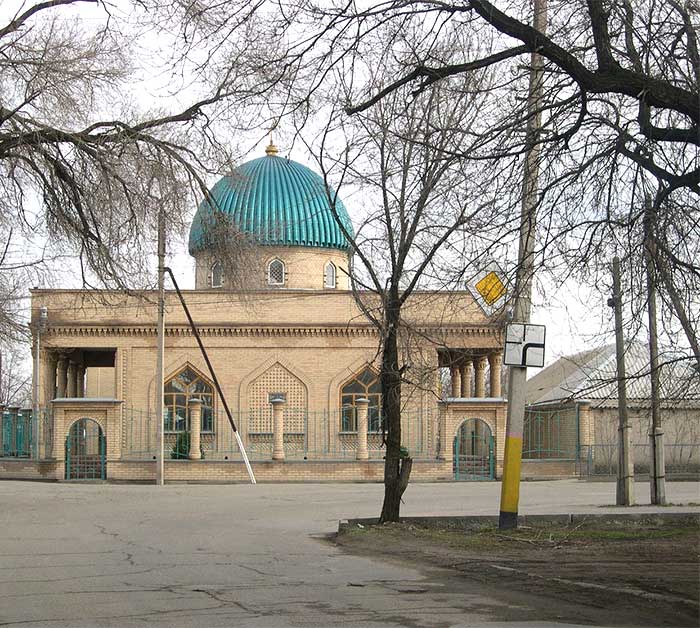
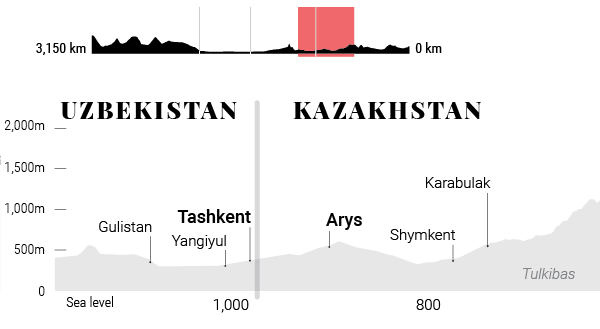 Land elevation of the railway between Jizzakh, in Uzbekistan and Karabulak in Kazakhstan Graphic SCMP
Land elevation of the railway between Jizzakh, in Uzbekistan and Karabulak in Kazakhstan Graphic SCMP
Arys
Freight trains then head to Arys, the junction of two important train lines, the Trans-Aral Railway (Orenburg-Arys-Tashkent) and the Turkestan-Siberia Railway (Arys-Almaty-Barnaul). The first train station was built here in 1904 but the town was only granted city status in 1956.
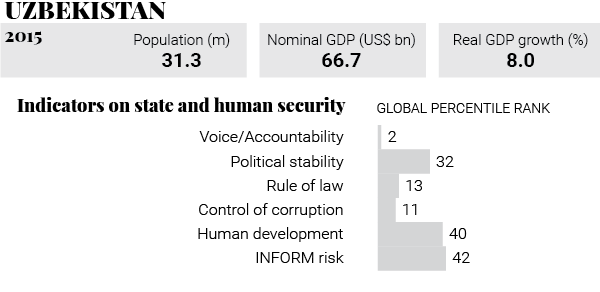
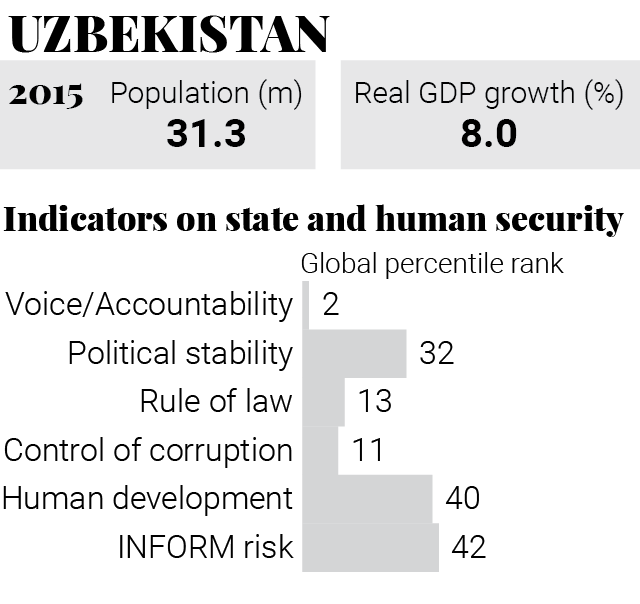 Source: World Bank Governance Indicators (2016) Graphic SCMP
Source: World Bank Governance Indicators (2016) Graphic SCMP
Lying directly on the path between East Asia and Western Europe, the Central Asian states will be key to the success of the belt and road initiative.
Uzbekistan has large gold and uranium deposits, as well as considerable oil and natural gas reserves. China National Petroleum Corporation has been working with Uzbekistan’s national oil and gas company to develop oil fields in the country since 2006.
Tashkent
After leaving Arys the railway enters Tashkent. The capital of Uzbekistan is the most cosmopolitan city in the country and in 2007 earned the accolade of the “cultural capital of the Islamic world”. Tashkent was destroyed by Genghis Khan in 1219 but later rebuilt.
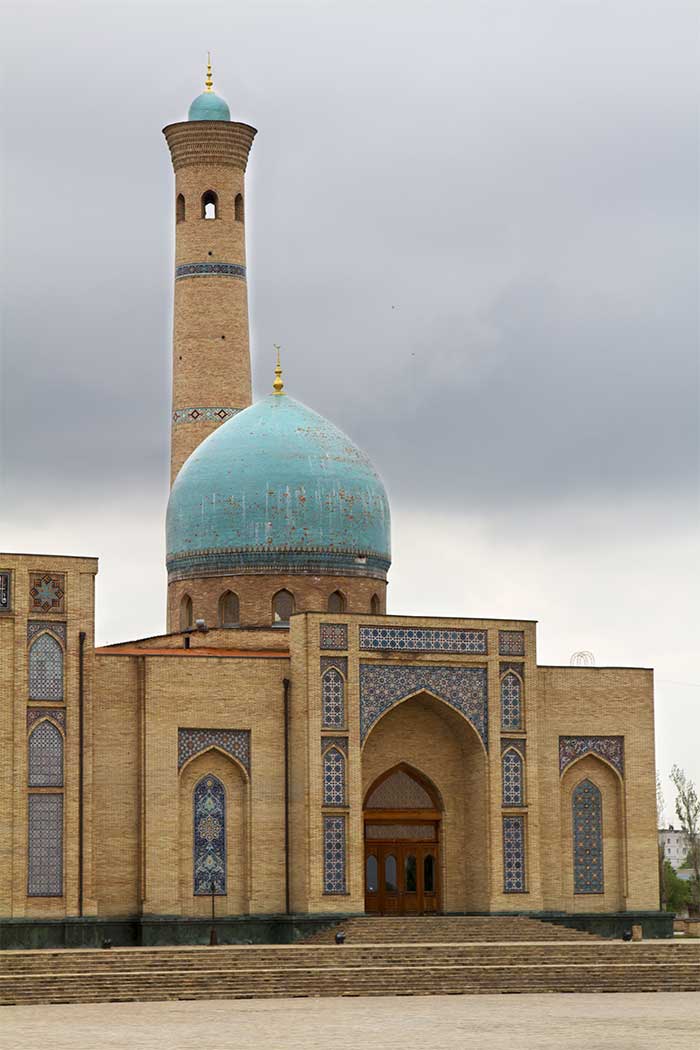
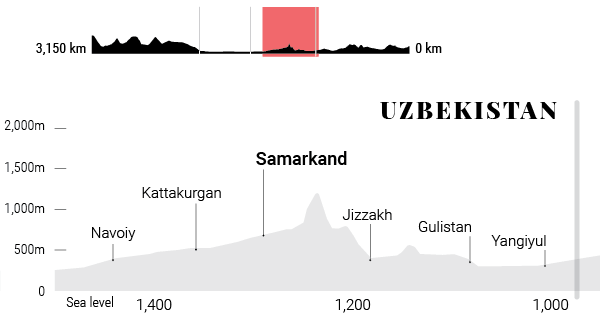 Land elevation of the railway between Navoiy and Yangiyul in Uzbekistan Graphic SCMP
Land elevation of the railway between Navoiy and Yangiyul in Uzbekistan Graphic SCMP
Samarkand
Travelling south, the train line passes through Samarkand, one of the oldest inhabited cities in Central Asia, which is another UNESCO World Heritage site. There is evidence of human activity dating back to the late Paleolithic era. Historically, Samarkand was home to a diverse religious community, although today, approximately 90 per cent of it citizens are Sunni Muslims with minor Christian and Jewish communities
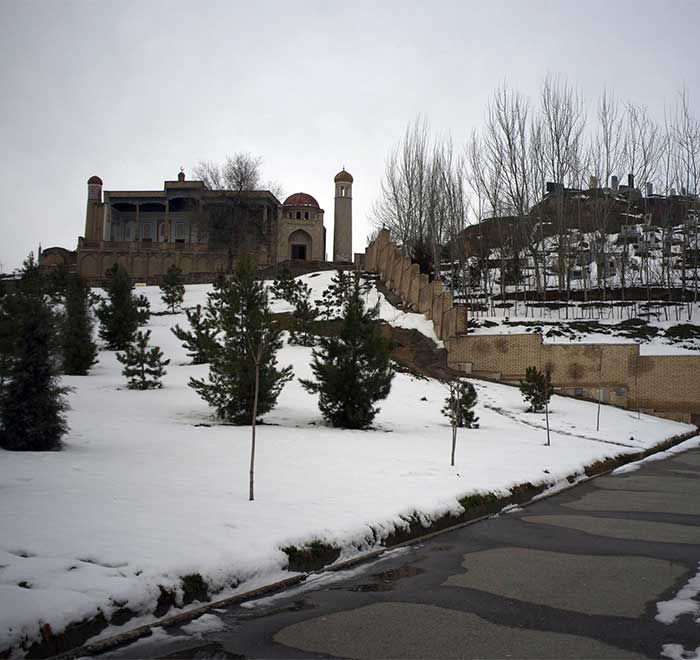
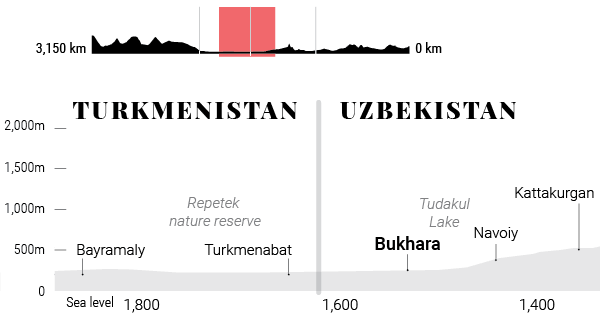 Land elevation of the railway between Mary and Navoiy, in Uzbekistan Graphic SCMP
Land elevation of the railway between Mary and Navoiy, in Uzbekistan Graphic SCMP
Bukhara
As the railway lines traverse Uzbekistan and Turkmenistan the route travels through a number of historical cities such as Bukhara. UNESCO lists the historic centre of Bukhara as a World Heritage Site. Located on the historic Silk Road, the city-museum has long served as a centre for trade, scholarship, culture, and religion and is packed with about 140 architectural monuments

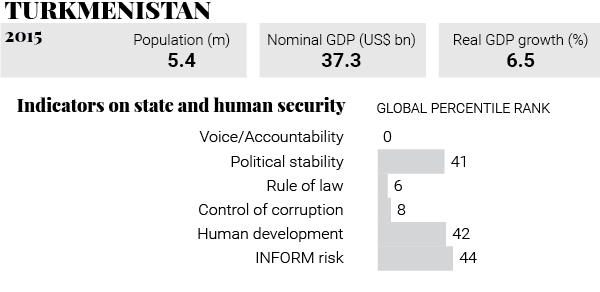
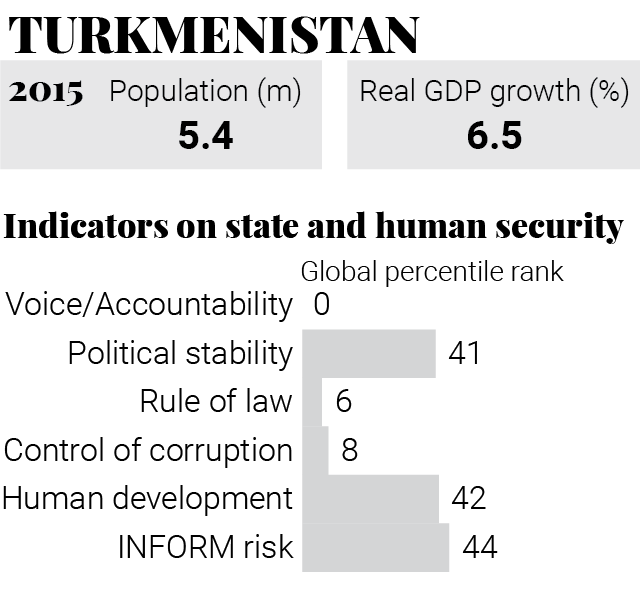 Source: World Bank Governance Indicators (2016) Graphic SCMP
Source: World Bank Governance Indicators (2016) Graphic SCMP
Turkmenistan
China’s demand for energy has led the country to scour the region for suppliers. Turkmenistan has been a major beneficiary of this initiative due to its vast energy reserves. China plans to increase its gas imports from Turkmenistan over the next decade to 65 billion cubic metres per year.
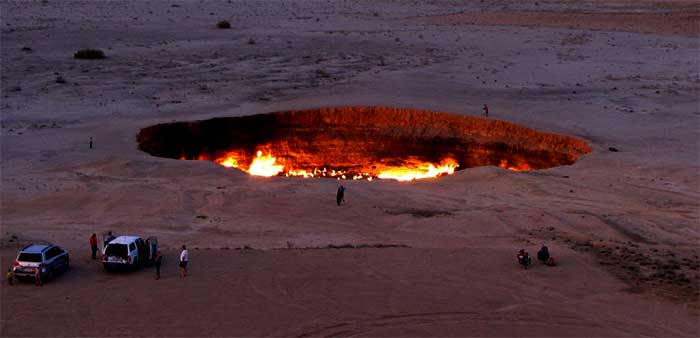

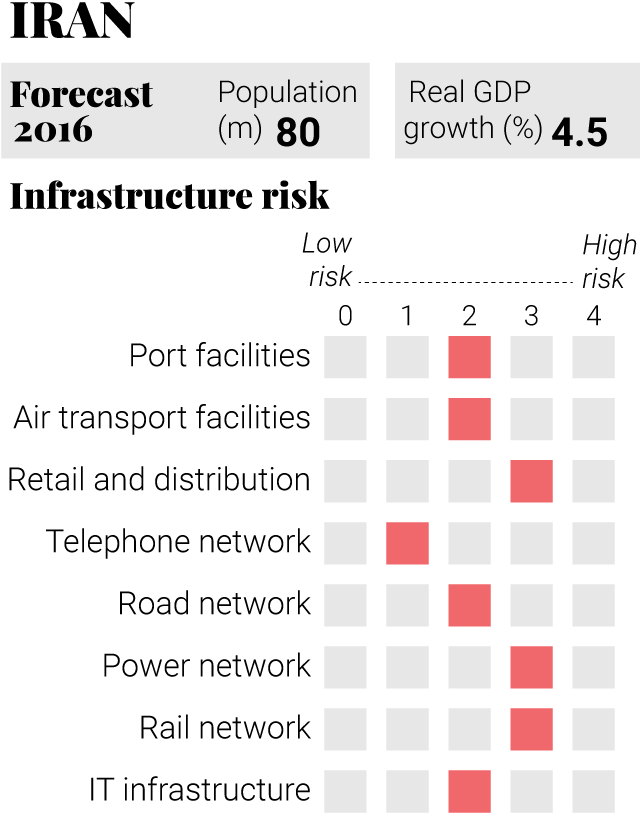 Source: The Economist Inteligence Unit Graphic SCMP
Source: The Economist Inteligence Unit Graphic SCMP
Beijing hopes the rail links and close cooperation with Tehran will provide China greater access to the oil-rich Middle East as well as help Beijing gain access to the Gulf countries.
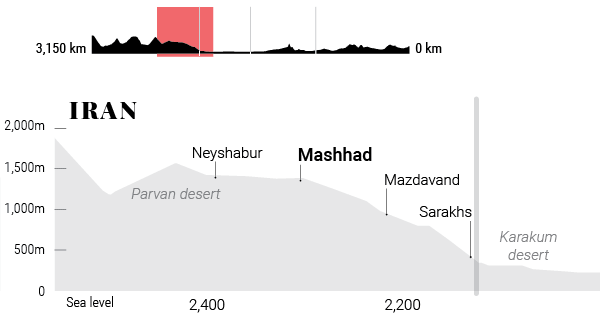 Land elevation of the railway between Mary and Navoiy on Iran Graphic SCMP
Land elevation of the railway between Mary and Navoiy on Iran Graphic SCMP
Mashhad
After the railway crosses into Iran the first city of note will be Iran’s “spiritual capital”, Mashhad. The country's holiest city was once a major oasis along the ancient Silk Road and is revered for housing the tomb of Imam Reza, the eighth Shia Imam. The city’s name means ‘burial place of the martyr.
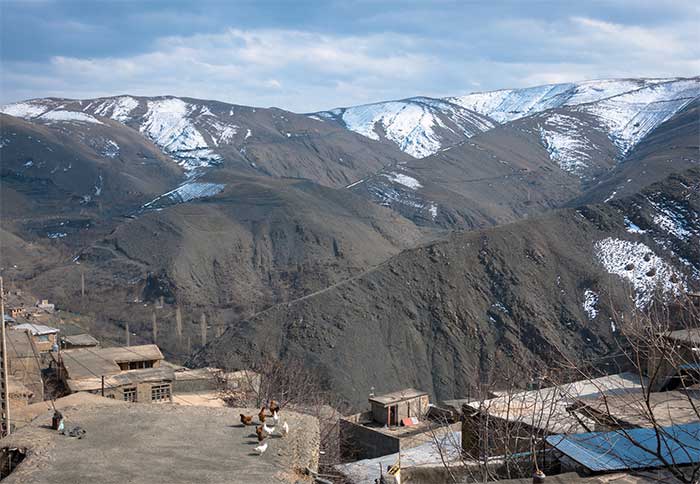
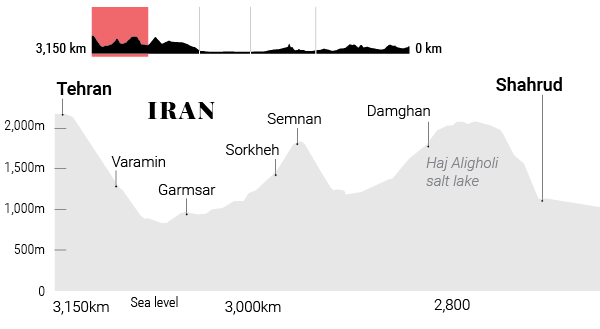 Land elevation of the railway between Sharud and Tehran in Iran Graphic SCMP
Land elevation of the railway between Sharud and Tehran in Iran Graphic SCMP
Sharud
Before the train reaches its destination of Tehran the route crosses through Sharud, known as the ‘Grape City’ after it’s cultivation of a variety of grape unique to the region. Sharud is located near the main launch site for the Iranian Space Agency.
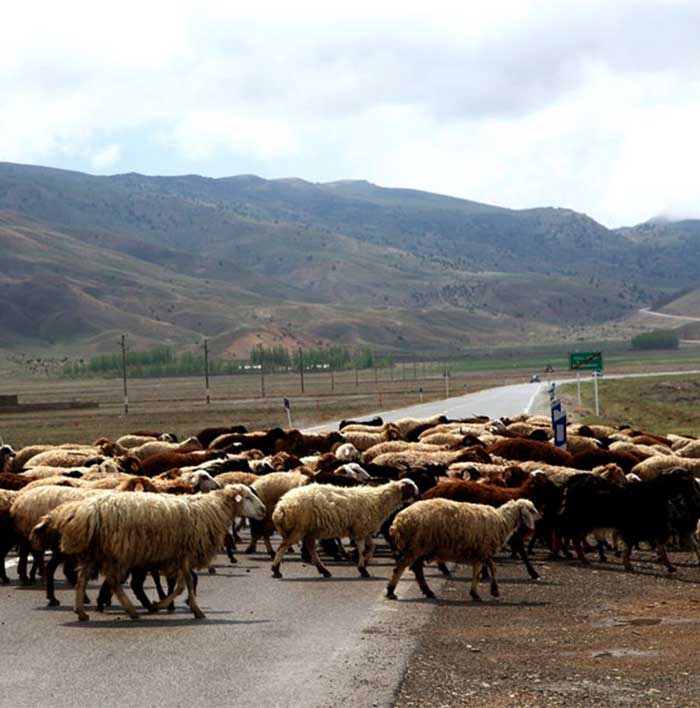
Tehran
The first freight train from China arrived in Tehran last year, completing the 10,400km journey in 14 days. Tehran hopes the rail services will turn Iran into a major Eurasian trade hub
Tehran is the capital of Iran with a population of around 9 million in the city and 16 million in the wider metropolitan area. Tehran is the most populous city in Western Asia and the second-largest metropolitan area in the Middle East.
